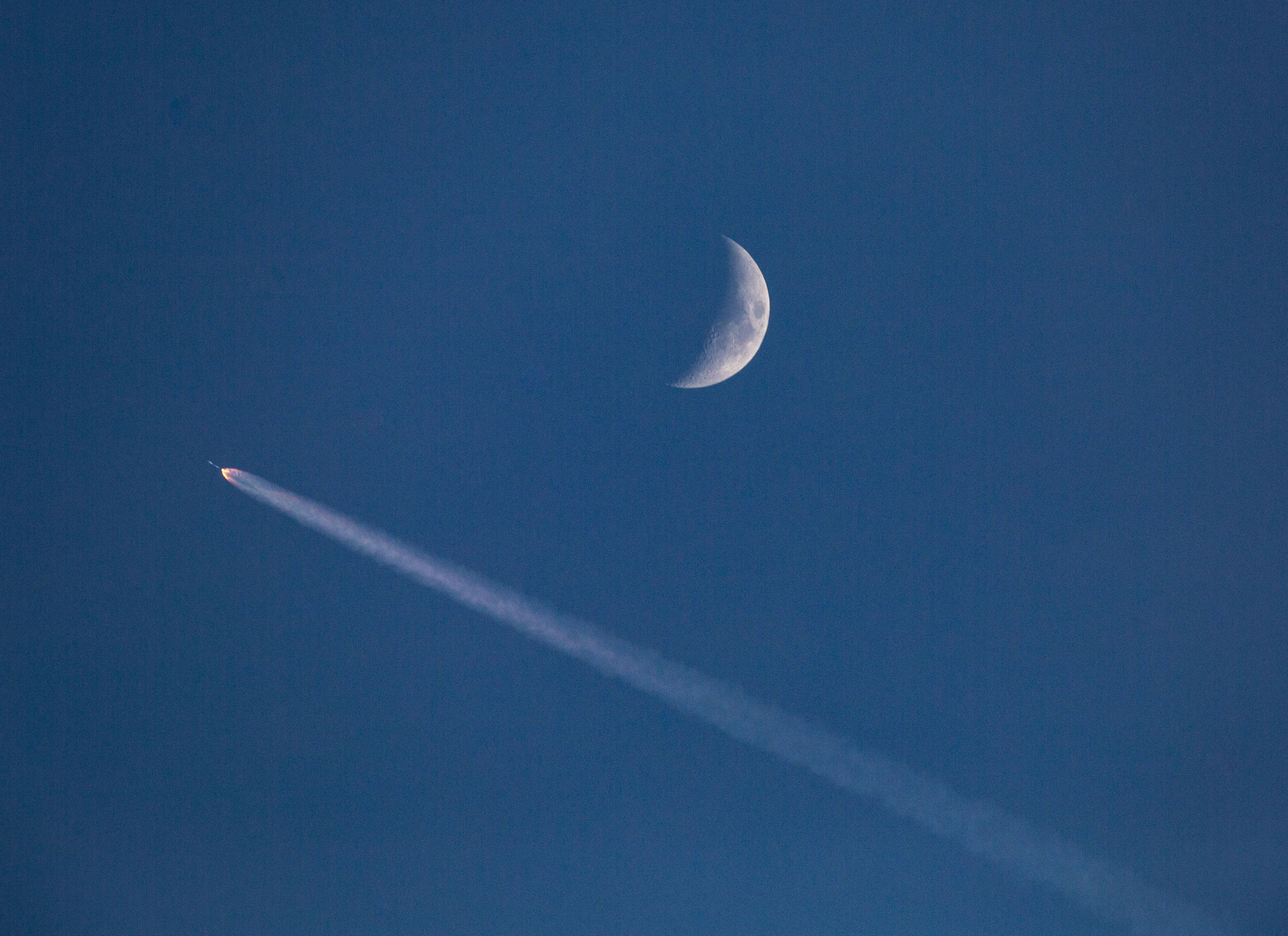SpaceX has successfully launched an additional 20 Starlink satellites, bringing the total number of satellites in their constellation to nearly 7,100. The launch took place early Wednesday morning from the Vandenberg Space Force Base in California, utilizing a Falcon 9 rocket.
This new batch includes 13 satellites equipped with direct-to-cell capabilities, allowing them to connect with mobile phones directly, eliminating the need for traditional cell towers. Impressively, existing phones can use this feature without any hardware, firmware, or app modifications.

Since starting its satellite program in 2019, SpaceX has rapidly expanded the Starlink network. As of September 25, a total of 7,062 satellites have been launched, with 6,428 still in orbit and 6,373 operational. There are plans to potentially increase this number to 42,000 satellites in the future.
Starlink’s main goal is to deliver high-speed internet access to underserved areas globally. Operating at altitudes between 340 and 1,200 kilometers, these satellites provide reduced latency and improved speeds compared to traditional satellites. They use laser link technology to communicate with both ground stations and among themselves for optimal data transmission.
The increase in the number of satellites has more than doubled the objects currently orbiting the Earth. According to satellite tracking platform “Orbiting Now,” there are now about 10,845 satellites in total. However, this surge raises significant concerns among experts.
One major issue is the impact on astronomy; the multitude of satellites creates bright streaks in photographs of the sky, complicating celestial observations. The International Astronomical Union (IAU) has expressed concerns about the potential disruption to both current and future astronomical efforts and has urged collaboration to mitigate the impact of these satellite constellations.
Moreover, there is apprehension about the risk of collisions among satellites, which could trigger a phenomenon known as Kessler Syndrome. This theory suggests that if the density of objects in low Earth orbit rises too high, collisions may create a chain reaction, exponentially increasing space debris and potentially rendering certain orbits unsafe for future use.
